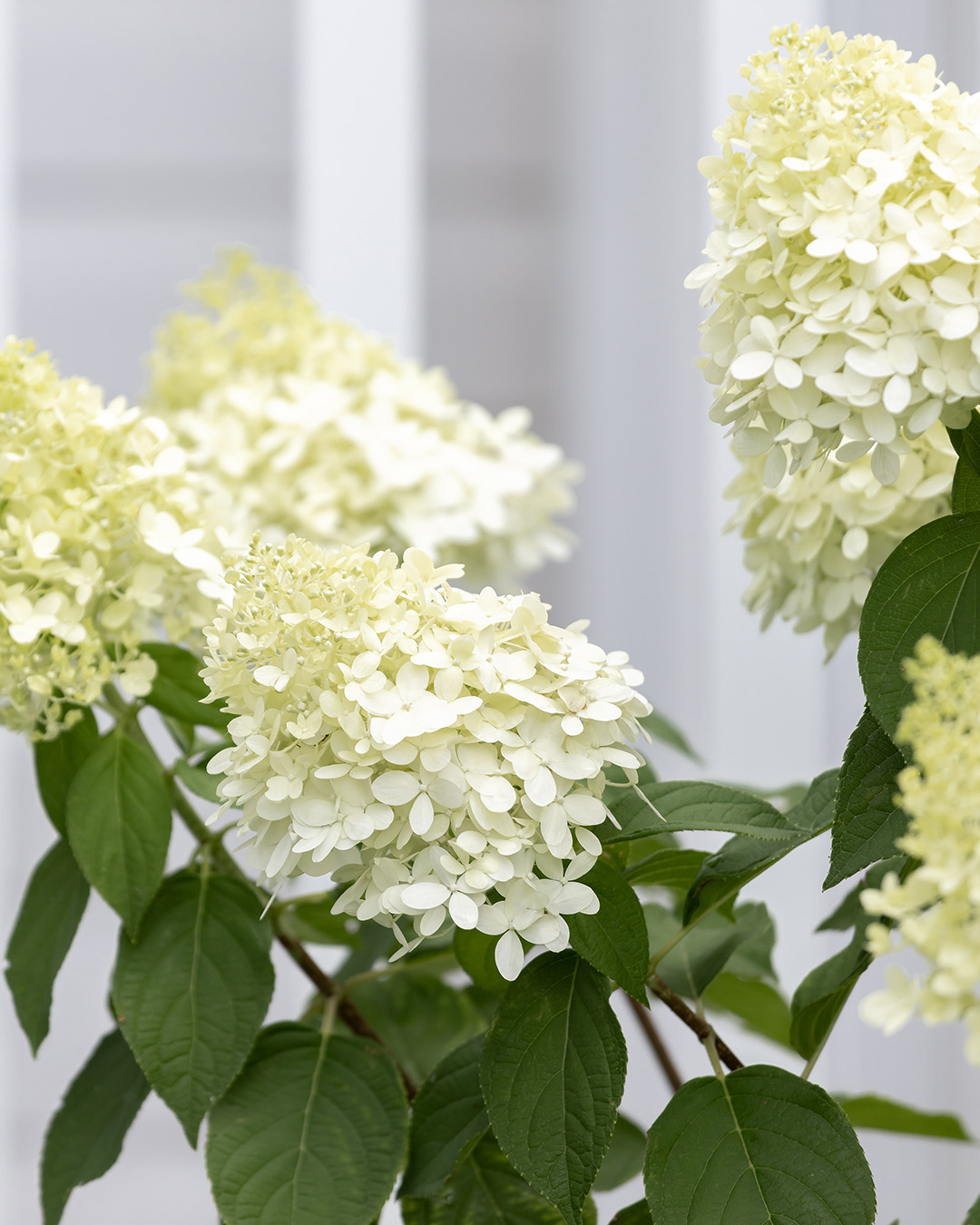Hydrangea Leaves Turning Yellow Things To Know Before You Buy
Some Known Details About Hydrangea Leaves Turning Yellow
Table of ContentsAll about Hydrangea Leaves Turning YellowThe Hydrangea Leaves Turning Yellow IdeasHydrangea Leaves Turning Yellow for BeginnersHow Hydrangea Leaves Turning Yellow can Save You Time, Stress, and Money.The Greatest Guide To Hydrangea Leaves Turning YellowThe Basic Principles Of Hydrangea Leaves Turning Yellow
One opportunity is that the plant is not obtaining adequate sunlight. Throughout the winter season, the days are shorter, and the sun is not as extreme, so make sure to place your Hydrangea in a place where it will get at least six hours of sunshine daily. One more reason for Hydrangea yellow fallen leaves in winter season could be excessive water.The fallen leaves might be transforming yellow due to temperature level stress and anxiety. Hydrangeas like cooler temperatures, so if the plant remains in an area that obtains also hot or as well cool, the leaves will certainly turn yellow. If you believe temperature level tension could be the problem, attempt relocating your Hydrangea to a different place or shielding it from the components with a burlap wrap.
New growth will certainly be observed in very early springtime, when you'll discover environment-friendly foliage sprouting from stems that could have appeared dead. If your fallen leaves are transforming brown in springtime or summertime, there are likely other aspects at play (Hydrangea Leaves Turning Yellow). The specific factors depend on the range and their growing problems, yet as a whole, brownish hydrangea fallen leaves signify dehydration and wilting in the warm
The Greatest Guide To Hydrangea Leaves Turning Yellow

Wilting is triggered by lack of moisture, meaning there are a couple of good methods to use to avoid this from taking place. Offer your hydrangeas a healthy and balanced glug of water every couple of days when the temperature levels are climbing up high, and deal with the soil to better preserve dampness. After watering, a dab of compost around the base of each plant ought to assist with this by maintaining dampness in the soil.
This disrupts fungi spores from working out. "The Botrytis fungi flourishes in great and wet problems, so avoid bathing the entire plant when watering and just water at the origins," shares Roy Nicol, a Master Horticulturist. If you've missed out on the chance for avoidance and are taking care of an infection you need to get rid of all dead or badly contaminated fallen leaves from the plant and ruin them to stop more spread.
The smart Trick of Hydrangea Leaves Turning Yellow That Nobody is Discussing
As a general rule of thumb, we advise getting rid of fallen leaves when they are 50% brownish or higher. While browning brought on by any type of factor can not be turned around, taking the restorative action defined above will encourage the plant to expand brand-new leaves so the harmed fallen leaves either drop off naturally or can be removed by the garden enthusiast.
Hydrangeas need to be watered just when the top few inches of dirt are completely dry, and ought to be offered a complete soaking each time. Underwatered hydrangeas are most likely to have yellow, wilting, and sagging leaves.
The method you fix hydrangea leaves turning yellow relies on the key problem creating the yellow leaves. This can be challenging to determine, however as soon as you do you will be able to readjust your plant treatment accordingly to care for the problem. As discussed in the past, an usual issue with hydrangeas is vitamins and mineral shortages.
A Biased View of Hydrangea Leaves Turning Yellow
Throughout the peak expanding season, you need to sprinkle at a price of regarding 1 inch each week. If you are bothered with not properly sprinkling your hydrangeas, there are a number click here for more of points you can do. Adding mulch to the base of the plants over the root area aid to control the temperature around the shrub and keep water in the soil.
You can purchase and install straightforward watering worlds. Sprinkling globes hold water in them and gradually release this water right into the dirt as the ground comes to be completely dry. Just fill up the globe with water, stick the spout into the soil within the root area near the base of the plant, and leave it in position till all the water is gone.
If it is as well severe, some plants will never recover from transplant shock and will continue to decrease until they pass away. Reduce transplant shock by consisting of as numerous roots as possible when digging up your plant to relocate it. Be certain to offer additional hints even more water than normal in the weeks complying with growing to aid your plant recuperate and expand new origins.
Some Known Questions About Hydrangea Leaves Turning Yellow.
To stay clear of spreading out fungal diseases, make sure to thouroughly tidy and sanitize any type of trimming devices before and after use. You can try to purge the roots with water to remove excess fertlizer.
Your hydrangea plant prefers well-drained, wet dirt. If the pot has inadequate drainage, or your dirt is swamped, the fallen leaves will certainly begin to turn yellow.
If you do not water your hydrangea plant for even more than a week, the leaves will begin turning yellow. Fungal illness top article that assault the plants often tend to show join the roots and the fallen leaves of the plant. One of these diseases is root rot, that makes it tough for the plant to feed appropriately.